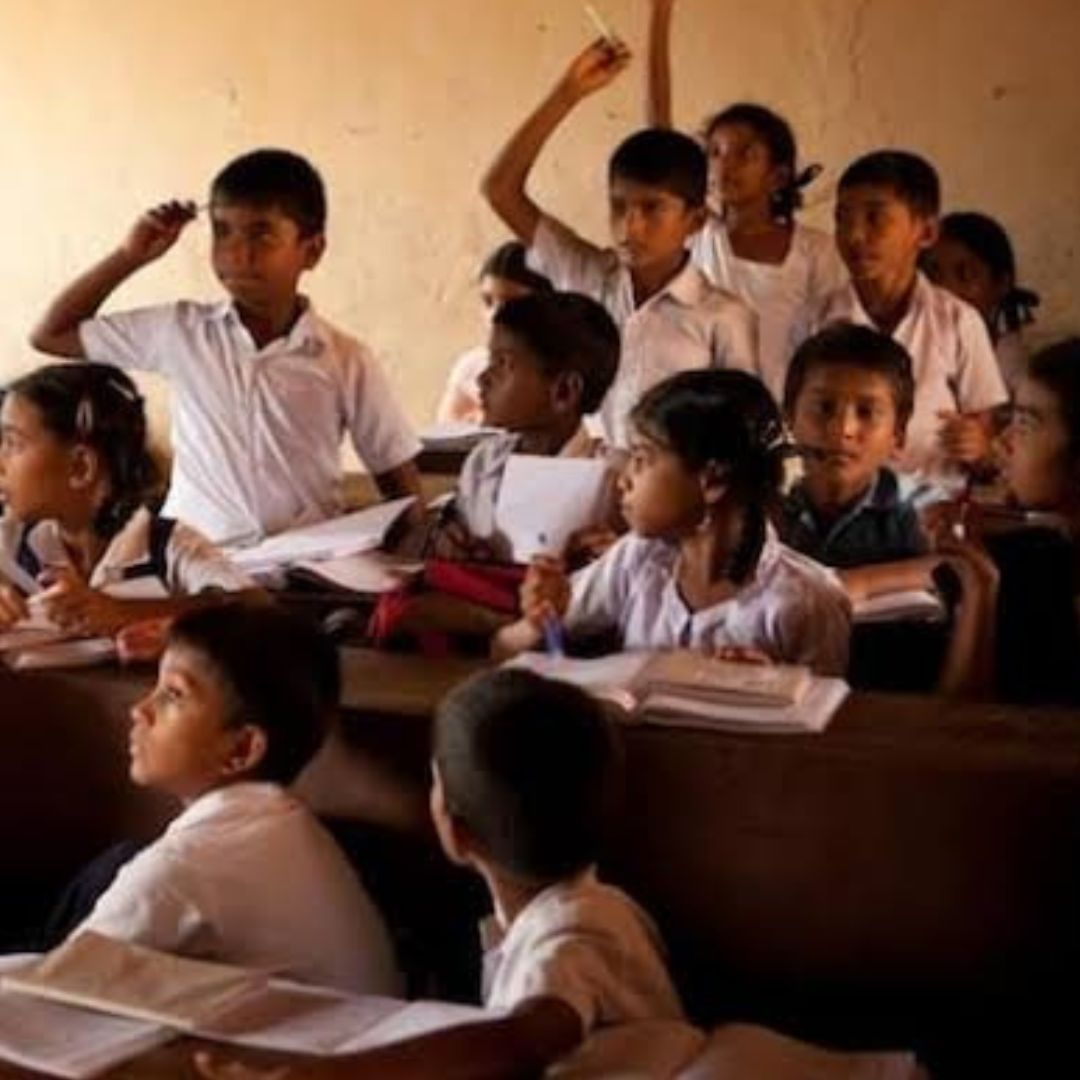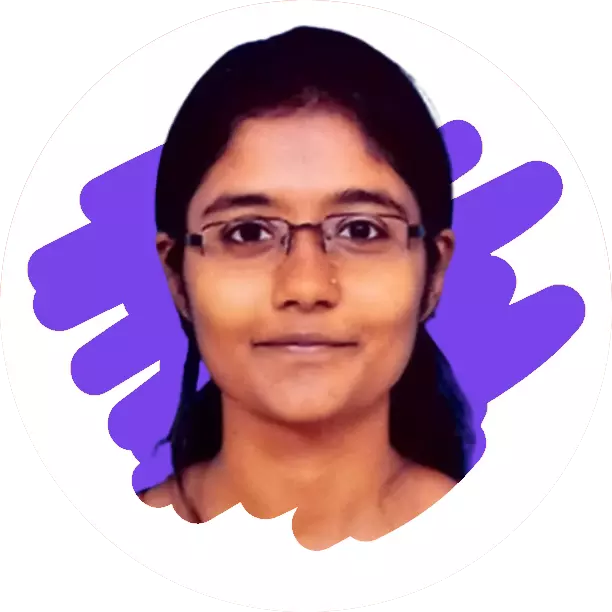
Image Credit: India Today (Representational)
Here's Why Over 92% Seats Vacant Under Haryana Free Education Scheme
Writer: Laxmi Mohan Kumar
She is an aspiring journalist in the process of learning and unlearning many things. Always up for discussions on everything from popular culture to politics.
Haryana, 2 Aug 2022 11:28 AM GMT | Updated 2 Aug 2022 11:30 AM GMT
Editor : Snehadri Sarkar |
While he is a massive sports fanatic, his interest also lies in mainstream news and nitpicking trending and less talked about everyday issues.
Creatives : Laxmi Mohan Kumar
She is an aspiring journalist in the process of learning and unlearning many things. Always up for discussions on everything from popular culture to politics.
As many as 381 private schools were listed under the plan, with around 24,987 seats to offer. The last date to enrol was July 27. However, only 1,665 students admitted themselves to the program, filling in less than seven per cent of the offered seats.
The Haryana Government rolled out the Chief Minister Equal Education Relief, Assistance and Grant (CHEERAG) scheme this year to provide an option of affordable private school education to students from the economically weaker sections (EWS). However, with poor response from private schools and parents, only six per cent of the offered seats have been filled by government school students.
Provisions Under The Scheme
The recently introduced CHEERAG scheme is a remodelled version of a similar scheme launched in 2007 under Bhupinder Singh Hooda's government. The scheme aims to uplift students from the EWS and provides them with an option to attend private schools under a budget. Students of parents with an annual verified income of less than ₹1.8 Lakh were called in to take admissions for classes II to XII in the listed private schools.
The fee structure was to function accordingly, with the state reimbursing amounts of ₹700-1,100 per student. Chief Minister Manohar Lal Khattar's scheme approved ₹700 to be allocated by the government to each student from class II to V, ₹900 per student from class VI to VIII, and ₹1,100 for students from classes IX to XII.
As many as 381 private schools were listed under the plan, with around 24,987 seats to offer. The last date to enrol was July 27. However, only 1,665 students admitted themselves to the program, filling in less than seven per cent of the offered seats.
As reported by the Education Times, this scheme faltered due to a lack of interest from private schools and parents.
Setbacks Of The Scheme
The private schools that came forth to participate in the scheme were lower than five per cent, and these schools had a low fee structure that the reimbursements offered by the Government could compensate for. These schools were also located mostly around the villages or small towns where government schools were established.
Private schools that are a cut above are mostly based out of rural spaces. They charge more fees than what could have been balanced by the funds allocated by the scheme and chose to opt-out of the project for the same.
Not many students also expressed much interest in switching from their existing government schools to yet another institution. At the government-established schools, every aspect of free education applies, with the exception of the student's uniform and books.
In such a scenario, opting for "budget" private schools not farther away from their existing school did not fall across as an advantageous option.
The officials remain optimistic even then and believe that the next academic year would bring more private schools and students into the scheme.
Also Read: Children Should Get Time To Play: Haryana Govt Orders Pvt Schools To Shut Kindergarten Classes
 All section
All section














